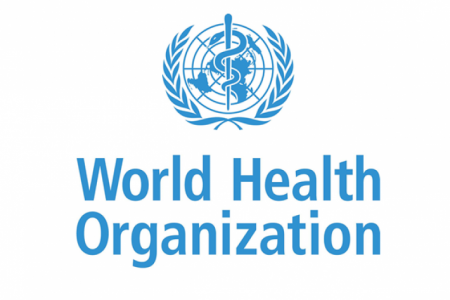February 22, 2019 – The World Health Organization (WHO) has launched a five-year strategic plan in what it calls a triple billion play: ensure that 1 billion more have universal health coverage, 1 billion more have emergency health access, and 1 billion more enjoy better health and well-being. To achieve this the WHO has identified ten issues that need to be addressed in 2019. They are:
- Air pollution and climate change – Nine out of ten people today breathe polluted air, considered the greatest environmental risk to health. Air pollution kills 7 million people every year. The primary cause, the burning of fossil fuels. The WHO has forecast that an additional 250,000 per year will die from the collateral damage caused by nations not addressing fossil fuel burning and its climate change impacts.
- Noncommunicable diseases – Diabetes, cancer, and heart disease are responsible for 41 million deaths worldwide. The risk factors driving these diseases include tobacco use, alcohol abuse, unhealthy diets, lack of activity, and air pollution. The WHO has issued an ACTIVE policy toolkit to at least address the lack of activity factor hoping to reduce inactivity by 15% globally.
- Influenza pandemic – The WHO every year recommends the flu vaccine to everyone to ensure that we stave off a pandemic. It has instituted global surveillance and response involving 153 institutions in 114 countries to ensure that any new flu strains are identified quickly so that vaccines and antiviral treatment can be delivered anywhere on the planet.
- Protracted Crises – Drought, famine, war, and population displacement are impacting 22% of the world’s population. That represents 1.6 billion people. These are areas of the planet largely in the Developing World where basic care access is already marginal. The WHO continues to help in these affected areas on the development of child and maternal health, immunization, and other basic health services.
- Antimicrobial resistance – Tuberculosis today affects 10 million annually with 1.6 million deaths in 2017 alone. Of the 2017 cases, 600,000 were resistant to rifampicin, a first-line drug, and 82% were infected with multi-drug-resistant tuberculosis largely caused by overuse of antimicrobials. One of the chief reasons for this is the food industry’s use of antimicrobials in production. The WHO’s global action plan involves increasing knowledge and awareness on antimicrobial use.
- High-threat pathogens – The WHO has identified Ebola and other hemorrhagic fevers, Zika, Nipah, Middle East Respiratory Syndrome Coronavirus (MERS-CoV), and Severe Acute Respiratory Syndrome (SARS), as well as future pathogens as a target for improving public health awareness of how these diseases are transported to new locales. In 2018, Ebola spawned two outbreaks in the Democratic Republic of the Congo, one of which occurred in a war zone.
- Poor Primary Healthcare – Many governments today are delivering inadequate healthcare with a lack of infrastructure. Those most affected live in low to middle-income countries. The WHO has pledged to carry out commitments made at a fall 2018 conference held in Kazakhstan, to provide comprehensive, affordable, community-based care throughout life.
- Vaccine hesitancy – Vaccination is considered by the WHO to be one of the most cost-effective ways to avoid disease. Vaccination programs prevent 3 million deaths currently. A further 1.5 million could be prevented with improvements to programs. Vaccine hesitancy has led to a 30% increase in cases of measles, a preventable disease that in many countries was considered eliminated just a few years ago. The HPV vaccine which can eliminate cervical cancer is one area where the WHO intends to focus its efforts in 2019. A similar effort focusing on immunization programs for polio is underway in Pakistan and Afghanistan were 30 cases were reported in 2018. Vaccinations can rid the world completely of these diseases. The WHO vaccine advisory group will focus on providing credible information on vaccines to families, and communities around the world.
- Dengue fever – This mosquito-spread disease kills up to 20% of those infected. The disease is associated with rainy seasons in monsoon countries like India and Bangladesh. But now Dengue is spreading into more temperate climates appearing in countries like Nepal. Almost 40% of the world’s population is at risk to Dengue with 390 million infected each year. The WHO is aiming to reduce deaths by 50% by 2020.
- HIV – The antiretroviral revolution has allowed 22 million people of the 37 million currently infected with HIV today to live a reasonably normal existence. The disease from its emergence has infected 70 million globally with 50% dying from it. The WHO is introducing self-testing in countries where there is a high incidence of HIV infections including self-testing in the workplace. One group, young women between the ages of 15 and 24 account for 1 in 4 of new HIV infections in sub-Saharan Africa. Prophylactic treatment to prevent HIV is being undertaken in these areas of high incidence.
In this list, four items stand out as self-inflicted: air pollution, protracted crises, microbial resistance, and vaccine hesitancy. We have the means to address all of them through education and through acts of policy and politics. The question we need to ask ourselves is whether we have the political will?









